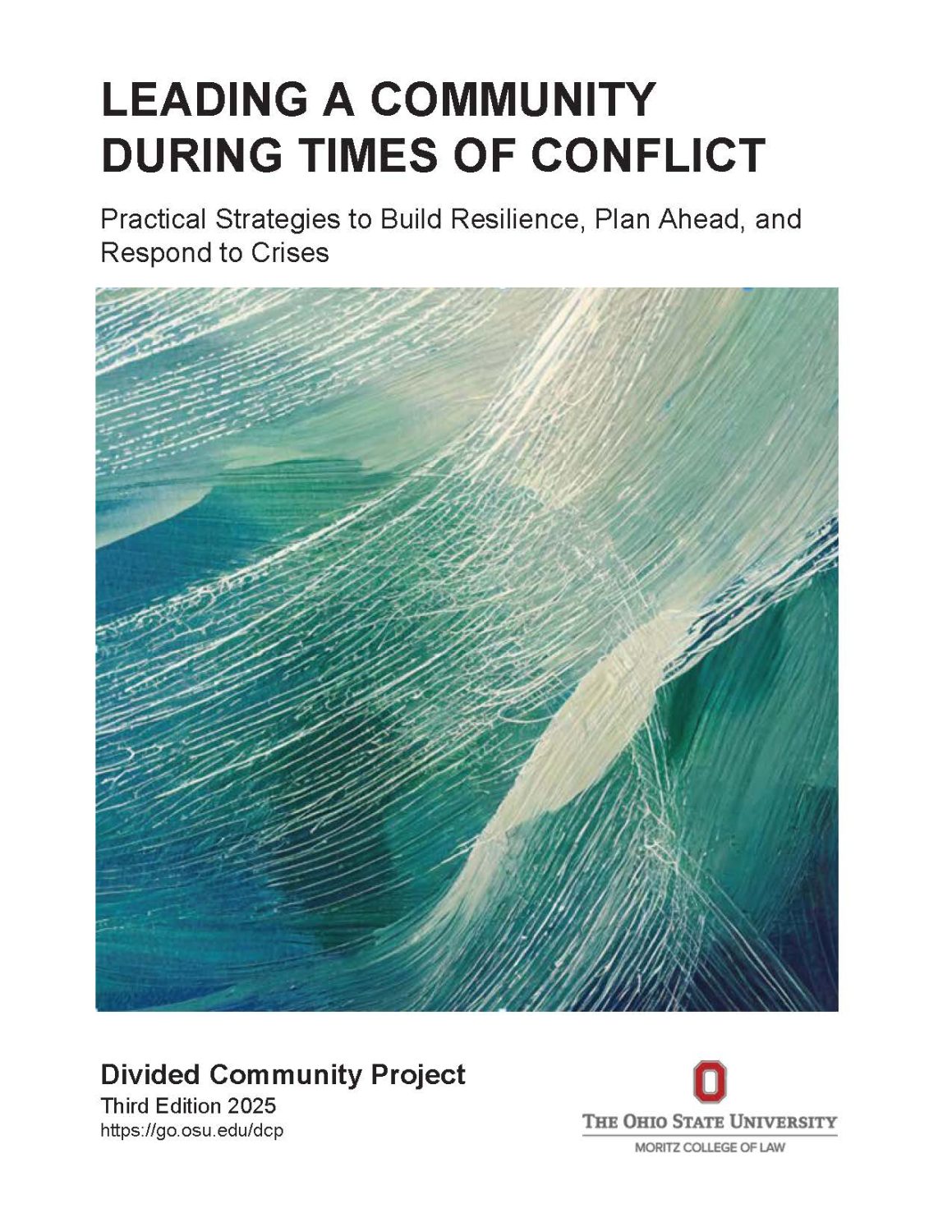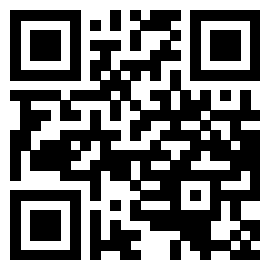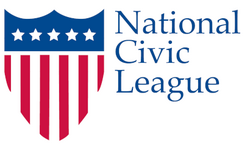Book Title: Leading a Community During Times of Conflict
Subtitle: Practical Strategies to Build Resilience, Plan Ahead, and Respond to Crises
Edited by Divided Community Project

Download this book
Contents
Book Information
Book Description
Despite growing polarization across the country, Americans continue to trust their local leaders.
Local leaders – beginning with public officials but importantly including individuals from business and service organizations, bar associations, civil rights groups, religious institutions, youth organizations, and the like – can take advantage of that trust to help residents enhance relationships across differences and promote collaboration in the face of division. That community resiliency can significantly help reduce the likelihood of violence when conflicts divide the community. And, when conflict threatens to diminish residents’ trust of each other and with leadership, leaders’ choices can help preserve it.
Preparation ahead of conflict matters. Communities that invest in building resilience are better equipped to navigate conflict. Residents tend to treat each other with greater respect. In today’s environment, conflicts can escalate in minutes, not days. Community members urgently seeking information often trust the first source they encounter, making timely and credible communication essential. Leaders who have prepared contingent responses to crises are better equipped to help avert tragedy and support understanding across differences.
This guide offers practical strategies to help local leaders strengthen community resilience and prepare for moments when conflict may escalate into crisis. It affirms the value of leaders modeling a constructive tone that does not dismiss differing viewpoints but welcomes them and fosters an atmosphere where their expression can occur safely and respectfully. Similarly, the guide’s suggested planning practices support leaders listening broadly and efficiently to the expression of community concerns – not dilute those voices – and then respond concretely and visibly; this approach often reduces the likelihood that residents will escalate their actions in ways that could harm the community, endanger lives, or leave lasting bitterness.
Each chapter of this guide outlines potential strategies and includes real world illustrations, tools leaders can use constructively during times of crisis and calm. A comprehensive checklist at the end provides a quick reference to key ideas. An appendix lists additional resources.
Key checklists which summarize this guidance are available here.
License
Leading a Community During Times of Conflict Copyright © by Divided Community Project is licensed under a Creative Commons Attribution-NonCommercial-ShareAlike 4.0 International License, except where otherwise noted.
Subject
Peace studies and conflict resolution



